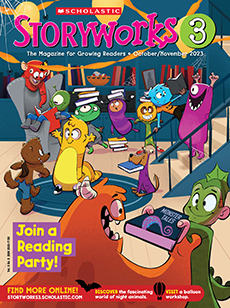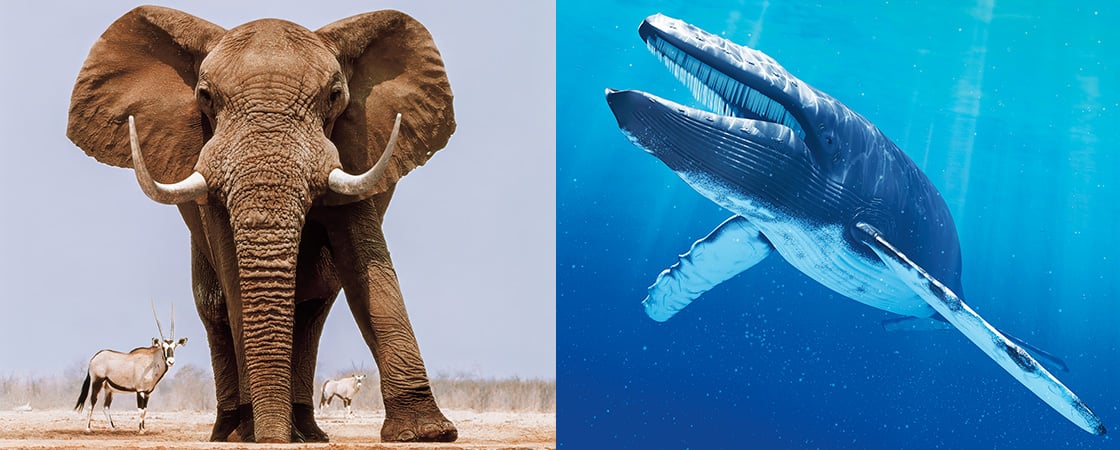Shutterstock.com
My favorite foods are fruit and grass. I can gobble up 350 pounds of food a day!
I’m 24 feet long and weigh three times as much as a car! As an African savanna elephant, I’m the largest land animal in the world. My habitat includes the savannas, forests, deserts, and grasslands that spread across countries in Africa.
I’m 24 feet long. I weigh three times as much as a car! I’m an African savanna elephant. I’m the largest land animal in the world. My habitat includes savannas, forests, deserts, and grasslands. I live in many countries in Africa.

